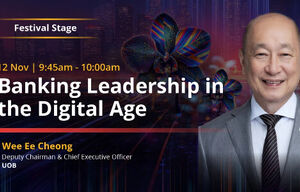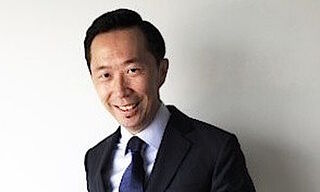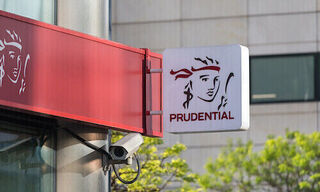UOB's Chan Kok Seong on Risk Culture and Hybrid Work
According to the «UOB SME Outlook Study 2021,» 75 percent of SMEs have adopted digital solutions in at least one area of business. As companies continue to digitalize and operate a predominantly virtual workforce, they must reassess their risk profiles and identify the digitalization opportunities to improve organizational workflows and the customer experience across touchpoints.
This is vital as companies’ exposure to cybersecurity risks linked to supply chain partners and third-party suppliers will only increase with more digitalized interactions and channels of data collection.
Robust Technology
As a starting point, companies should look at incorporating additional digital authentication tools to mitigate risks such as customer fraud and identity theft. For example, at UOB, our strong risk culture underpins the professional conduct we expect from our people and our processes whether we are working in the office, within a branch or remotely.
In the wake of the pandemic, having a robust technology infrastructure enabled us to scale up our digital infrastructure quickly to support a hybrid working model while adopting a range of security measures. These included stepping up security monitoring and implementing web isolation to enable a protective layer between the Bank’s systems and the internet.
Instead of blanket permission for all staff to access UOB’s systems remotely, we created different risk profiles to ensure that remote access to technology applications and tools is given to employees in a considered and secure manner.
Building a Strong Risk Culture
Having a workforce that understands the new risk elements in their work environment will go a long way to support a robust risk culture. Training programs should be put in place to ensure that employees and customers are educated on security awareness to minimize security risks and to remind employees of the importance of upholding the company’s risk culture.
As an added measure, companies should also seek out active engagement with technology leaders to gain a deeper understanding of emerging trends and innovations as well as to future-proof their operations. They can do this through participation in industry committees and working groups such as the IT Standards Committee in Singapore.
Ensuring a Resilient Workforce
Operating virtual teams in a permanent setting are transforming the risk landscape for businesses everywhere. From incidences of cyberattacks to the lack of resources to support off-site work, the ongoing remote working experience has highlighted how traditional risk management processes need to step up to meet the new workplace reality.
Beyond remote working, new workplace arrangements such as flexible working, job sharing and global talent collaboration will be future themes that need to be factored into extending a robust risk culture.
Employee Wellness
As increased remote work hours become commonplace and colleagues meet each other in person less frequently, there is a higher risk that employees may experience deterioration in health and mental well-being as well as their connection with colleagues and corporate culture. Companies should review their employee engagement and wellness programs to ensure that they have the necessary resources in place to support their people’s holistic well-being in the age of hybrid work.
At its core, we need to recognize that risk management is not about micromanaging the last crisis but rather, applying learned principles to mitigate the next risk event. The shift towards a hybrid work model will continue to redefine the risk landscape for businesses and those that fail to act quickly to recalibrate their risk management strategy may be left behind.
Chan Kok Seong is the Group Chief Risk Officer and the Head of Group Governance, Risk and Compliance at UOB. He is also sitting on UOB’s Management Executive Committee. He led the development of a number of Group-wide risk frameworks of policies, methodologies, tools and processes, including the Group Risk Appetite, managerial stress testing, credit portfolio risk-return optimization, risk-weighted asset and capital optimization. Under his leadership, UOB was the first Singapore bank to implement the Duration Method and Scenario Approach to report General Market Interest Rate Risk (GIRR) for regulatory capital purposes. Chan joined UOB in 1998 from Bank Negara Malaysia and was CEO of UOB (Malaysia) from 2003 to 2012.
- << Back
- Page 2 of 2



























